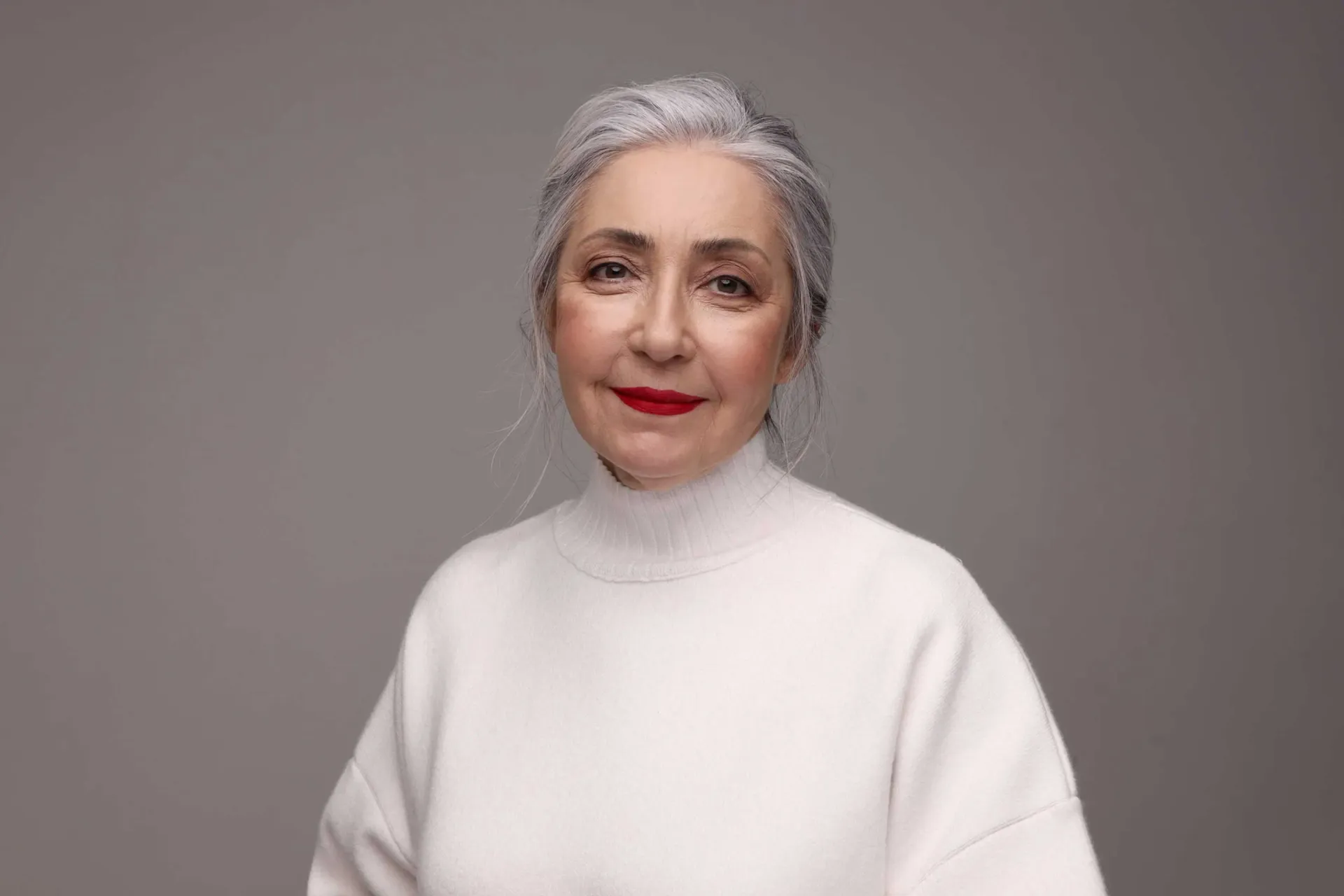The Ultimate Guide to Understanding Hair Loss: Uncovering the Lesser-Known FAQs, Causes, and Treatment Options for Men and Women
Hair loss can be a distressing experience for both men and women, impacting not just physical appearance but also self-esteem and confidence. At our practice here in Ballito, understanding the underlying causes and available treatment options is crucial in effectively managing this common issue. In this comprehensive guide, as a medical doctor (GP) I will delve into some frequently asked questions about hair loss, explore its causes, and discuss the various treatment options available for both men and women.
Frequently Asked Questions about Hair Loss
Is Hair Loss Common in both Men and Women?
Hair loss is a common concern for both men and women, with various factors contributing to this condition. While it is more prevalent in men, I see a lot more women presenting to me with similar concerns of hair loss due to hormonal imbalances, genetics, infections like our recent COVID pandemic and lifestyle factors.
What are the Different Types of Hair Loss?
Hair loss can manifest in different ways, including male pattern baldness, female pattern hair loss, alopecia areata, and telogen effluvium. Each type has its own unique characteristics and underlying causes.
Can Stress Lead to Hair Loss?
Yes, stress can be a significant contributing factor to hair loss. High levels of stress either physical or emotional, can disrupt the normal hair growth cycle, leading to increased shedding and thinning of the hair.
How Does Genetics Influence Hair Loss?
Genetic predisposition plays a crucial role in hair loss, with patterns of baldness often inherited from parents or grandparents. When visiting me, our consultation together equips me in understanding your family history which can provide insights into your risk of developing hair loss. Treating this as a preventative measure delays or even avoids the need for a hair transplant.
Causes of Hair Loss in Men and Women
Hormonal Imbalances
Hormonal fluctuations, such as those experienced during pregnancy, menopause, or thyroid disorders, can contribute to hair loss by affecting the hair growth cycle. Hence, blood tests are part of the process in establishing the cause of the increase in hair loss and decrease in hair growth.
Genetics
Genetic factors play a significant role in male and female pattern baldness. The inheritance of specific genes can lead to the gradual thinning of hair and loss of hair over time.
Medical Conditions
Certain medical conditions, including alopecia areata, scalp infections, and autoimmune disorders can trigger hair loss in both men and women.
Poor Nutrition
Inadequate intake of essential nutrients like iron, zinc, biotin and vitamins can impair hair growth and lead to hair thinning and loss.
Treatment Options for Hair Loss
Topical Treatments
Topical solutions such as minoxidil can help promote hair regrowth by stimulating hair follicles and prolonging the growth phase of the hair cycle. Growth factors in certain shampoos stimulate the hair follicle reducing the shedding and stimulating the growth of hair.
Oral Medications
Prescription medications like finasteride can be effective in treating hair loss by inhibiting the conversion of testosterone to dihydrotestosterone (DHT), a hormone linked to hair loss. Minoxidil in appropriate doses is also used orally very effectively in males and females with high levels of success.
Platelet-Rich Plasma (PRP) Therapy
PRP therapy involves injecting a concentration of the patient's blood platelets into the scalp to stimulate hair follicles and promote hair growth.
Micro-needling
This procedure entails micro-injury created using fine needles injected into the scalp with a cocktail to stimulate hair growth
Hair Transplantation
Hair transplantation procedures, such as Follicular Unit Extraction (FUE), can be used to transplant healthy hair follicles to areas experiencing hair loss, resulting in natural-looking hair growth.
In conclusion, understanding the various aspects of hair loss, from its causes to available treatment options, is essential in addressing this common concern in both men and women. By recognizing the factors contributing to hair loss and exploring suitable treatment approaches, individuals can take proactive steps towards maintaining healthy and vibrant hair. Remember, seeking professional guidance from a medical doctor is crucial in developing a personalized hair loss management strategy tailored to your specific needs for treatment and the log journey of maintenance thereafter
Take charge of your hair health and embark on a journey towards regaining confidence and embracing your natural beauty!




